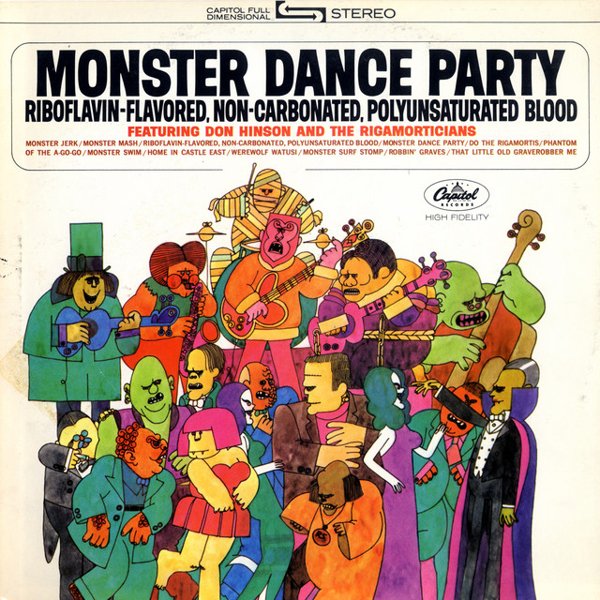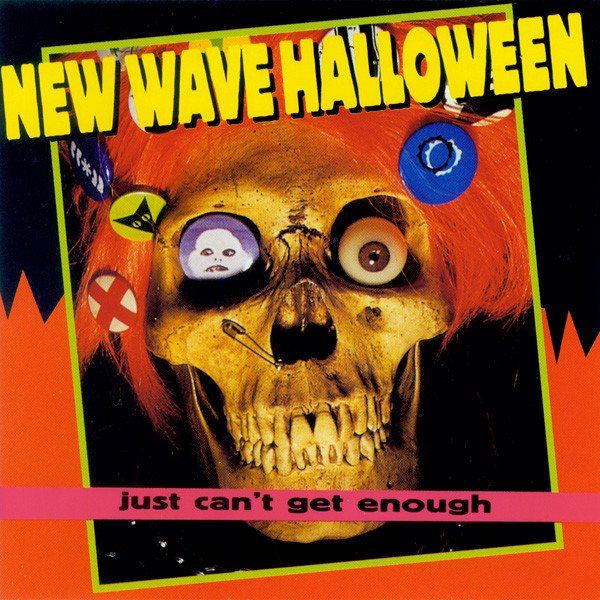Christmas music is one thing, certainly. But what is Halloween music? Wikipedia takes a general stab at it – admittedly drawing from a couple of articles attempting the same thing – but when one of your opening sentences uses the phrase “vaguely defined and ambiguous,” you’re definitely on somewhat shaky grounds to make any kind of overall claim. But even with a less fully grounded tradition as such to draw on, given the utterly syncretic nature of the holiday in both a historical and transnational sense (Celtic festivals? Catholic celebrations? harvest cycles?), there’s just enough of a semi-canon to draw on when it comes to describing what can be a starting point for further explorations. If there’s nothing on the level of Bing Crosby, Barbra Streisand or Mariah Carey, say, there’s plenty of performers, songs and albums that have associations with the spookiest of holidays.
A lot of what has shaped the idea of Halloween music in the American popular consciousness has specific roots from a time and place – the 1950s and early 1960s, thanks to a combination of ascendant television bringing back older horror icons from 1930s cinema, newer films in the overall genre, often crossed with science fiction efforts with their own distinctly unusual film music, and the concurrent ferment of blues, r’n’b, rockabilly and more that helped change the path of pop music in general. If there’s a one-two as such for whatever the genre is, Screamin’ Jay Hawkins’s dramatically eerie “I Put A Spell On You” and Bobby “Boris” Pickett’s happily silly “Monster Mash” are likely it, both lingering as signifiers of the season to the present day. Halloween-themed albums, or at least ones with a campy enough horror/spooky edge, surfaced as a result, as exploitative as anything else of its time.
Saying things started to get more serious in the late 1960s and beyond is one way of putting it, but it’s more that the darker edges of psychedelia and heavy blues transforming into hard rock, metal, goth and well beyond created a general audiovisual language of sound and style not specifically associated with Halloween itself, unless as a handy reference point as well as more than a few acts just calling themselves that. (Though points for one metal act going by Helloween instead.) Performers like Black Sabbath, Alice Cooper, the Damned, the Cramps, Bauhaus and many more besides certainly helped develop this kind of free-floating crossover – not for nothing did the Misfits have two songs entitled “Halloween,” for instance – but as the decades passed, this fracturing, reflected in how horror movie soundtracks and sound design went any number of different directions in turn over those years, meant less of a sense of what Halloween music is supposed to be and more of a freeform whatever-you-want-to-call-it, open to interpretation, which very much informs this particular list in turn.
Still, two developments of note helped give just enough of a further sense of direction, if often in retrospect. First, enough TV specials and then, with time, some notable movies that were about or set on Halloween in and of itself helped, their music further covering a range from the silly or campy to the truly terrifying. The latter feeling perhaps is most famously represented by John Carpenter’s remarkable electronic soundtrack to his 1978 breakout film Halloween, which provided a shockingly modern way to interpret the season’s mood and atmosphere that became a general horror tradition in its own right. On the lighter but sometimes no less moodier front, efforts like Vince Guaraldi’s jazz soundtrack to It’s the Great Pumpkin, Charlie Brown! and Disney’s Haunted Mansion music and songs, among others, made their marks. Perhaps no recent film in particular has had such a long holiday music reach for both Halloween and Christmas as another Disney effort, 1993’s The Nightmare Before Christmas, with Henry Selick’s animation of Tim Burton’s script matched with a Danny Elfman-driven collection of songs that have become mini-standards of their own.
The other development is no less helpful for establishing something of a wider seasonal sound: smartly chosen Halloween-themed compilations, pulling together both famed efforts and inspired or obscure one-offs from decades’ worth of acts and performers referencing the holiday as such either directly or in a general kind of spirit. Whether on labels like Rhino or Bear Family or even via the Now That’s What I Call Music series, casting nets either broad or more specific – and certainly often showing some overlap – the best of these provided a handy way to help create a mood just so, whether more serious or scarily ridiculous, depending on the kind of party you were throwing or were playing to prospective trick-or-treaters. If generally replaced by streaming playlists these days, such compilations nonetheless, especially in the CD era, played their part, and who knows what new additions the future will turn up, so long as there’s an All Hallows’ Eve to be agreeably scared by, tunefully.
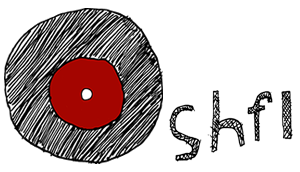
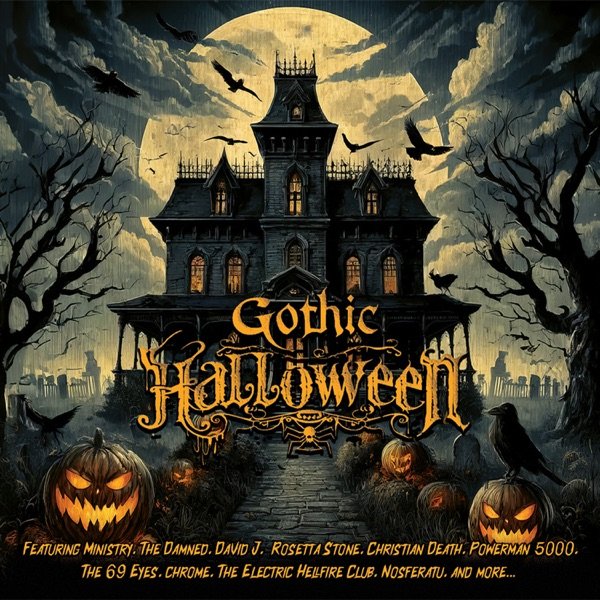
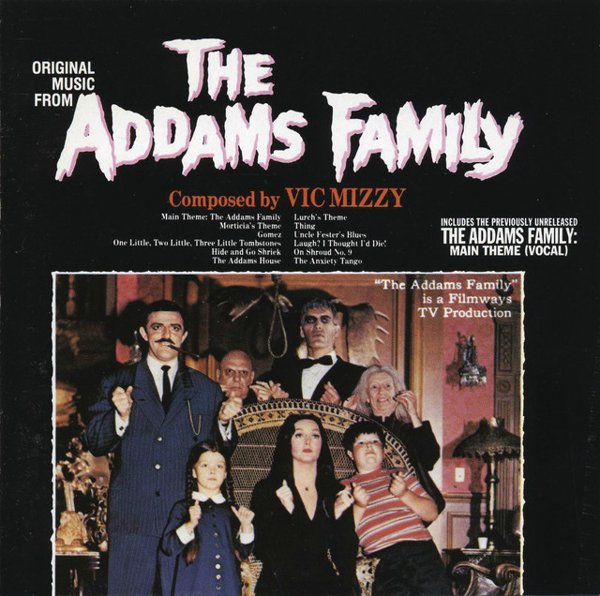
![It's the Great Pumpkin, Charlie Brown [Original TV Soundtrack] cover](https://images.theshfl.com/5698014591582208_600.jpg)
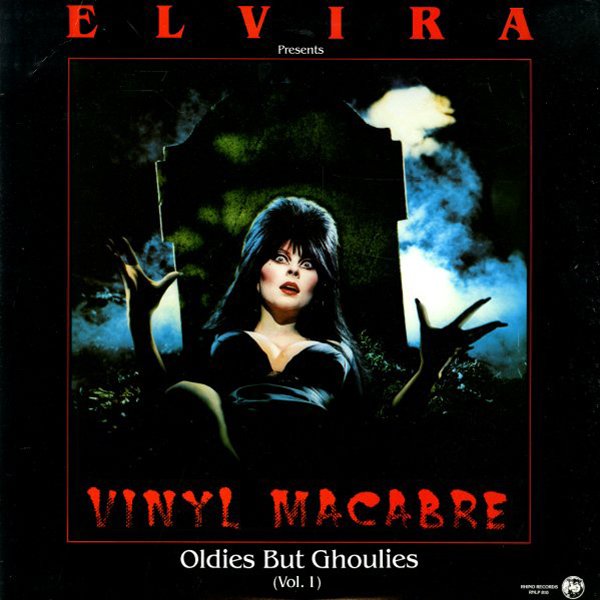
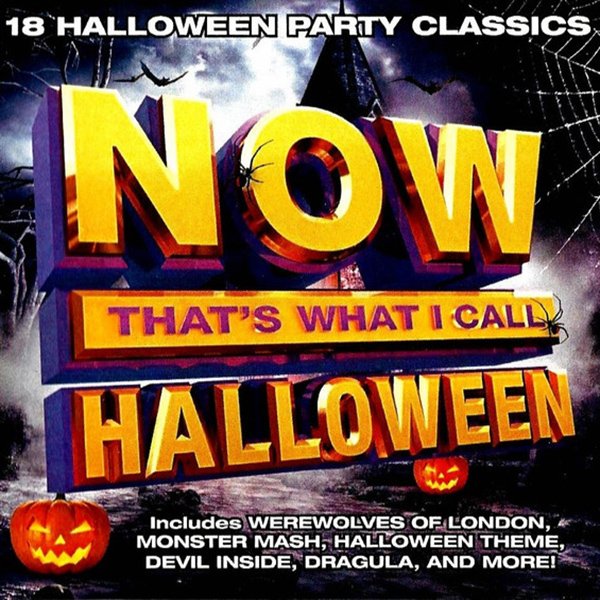
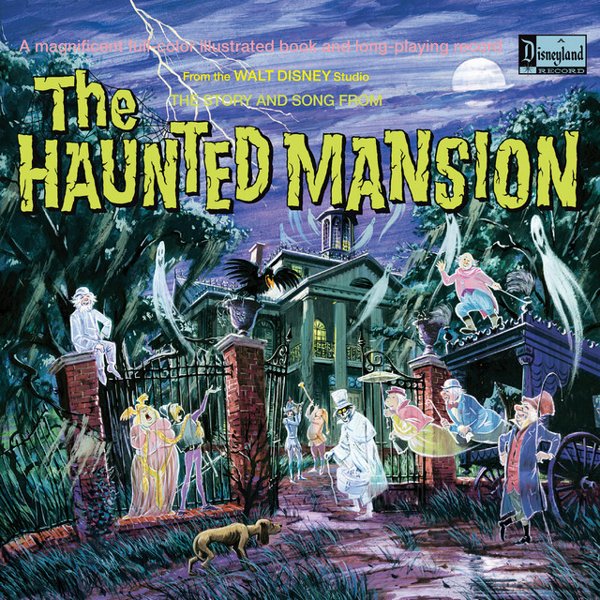
![Halloween [Original Motion Picture Soundtrack] cover](https://images.theshfl.com/Halloween--Original-Motion-Picture-Soundtrack-_600.jpg)
![Tim Burton's the Nightmare Before Christmas [Original Motion Picture Soundtrack] cover](https://images.theshfl.com/Tim-Burton-s-the-Nightmare-Before-Christmas--Original-Motion-Picture-Soundtrack-_v2_600.jpg)
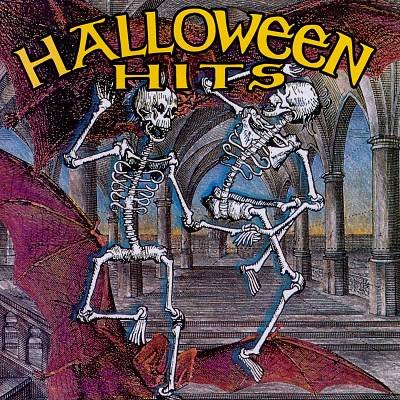
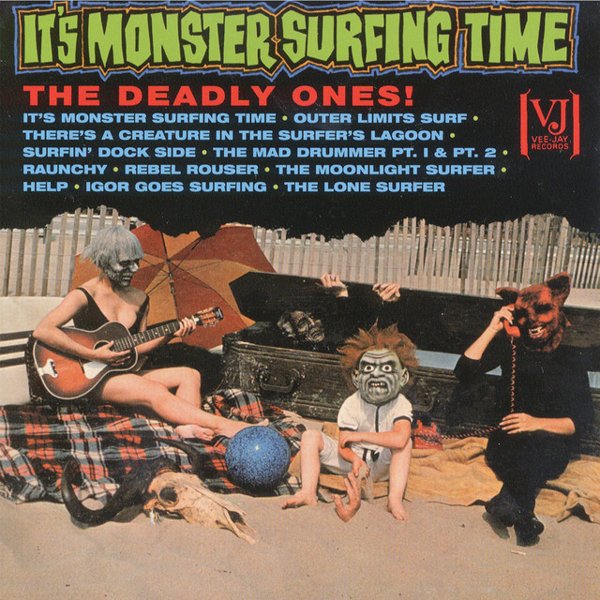
![Mad Monster Party [Original Soundtrack] cover](https://images.theshfl.com/Mad-Monster-Party--Original-Soundtrack-_600.jpg)
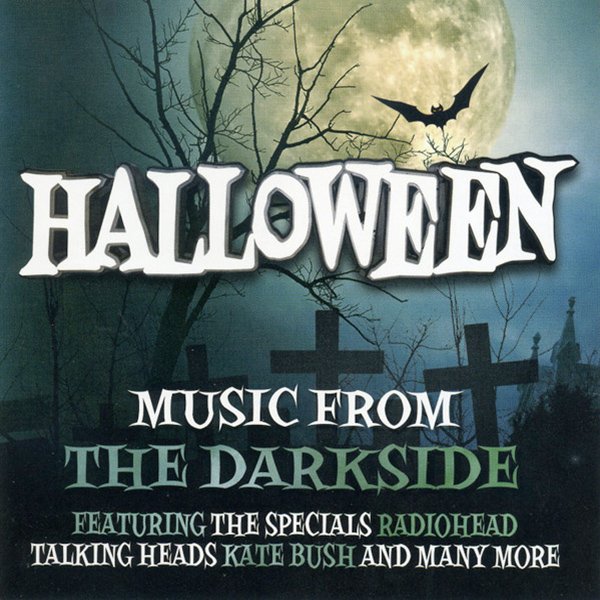
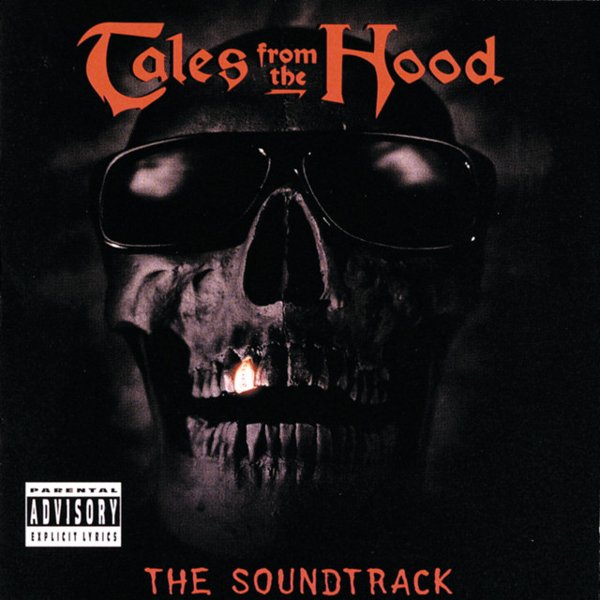
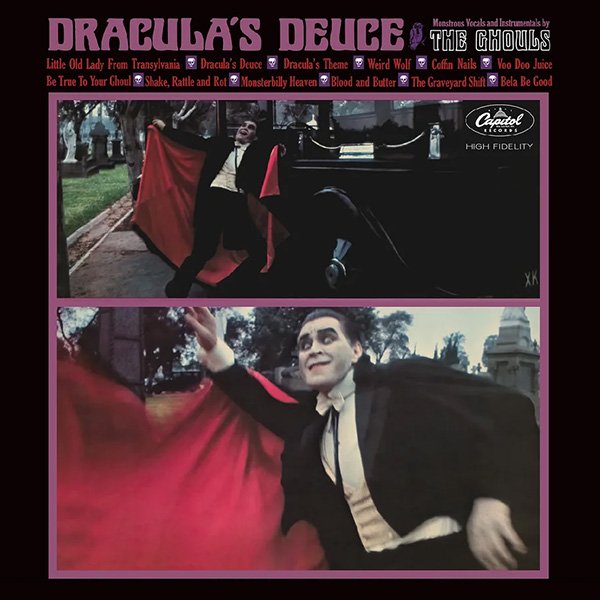
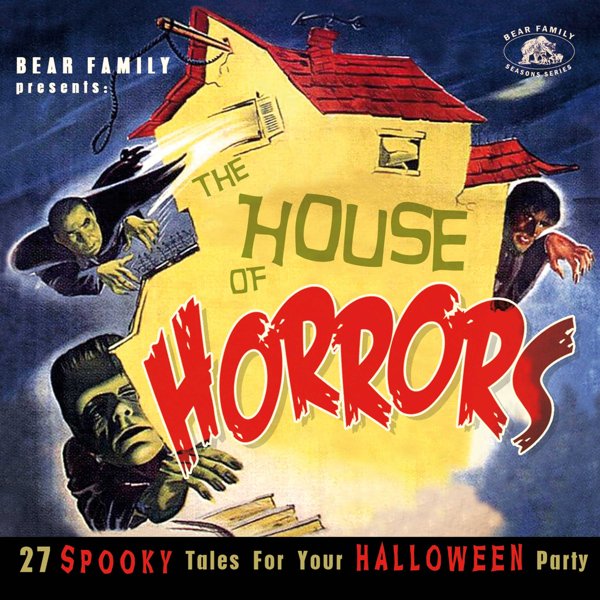
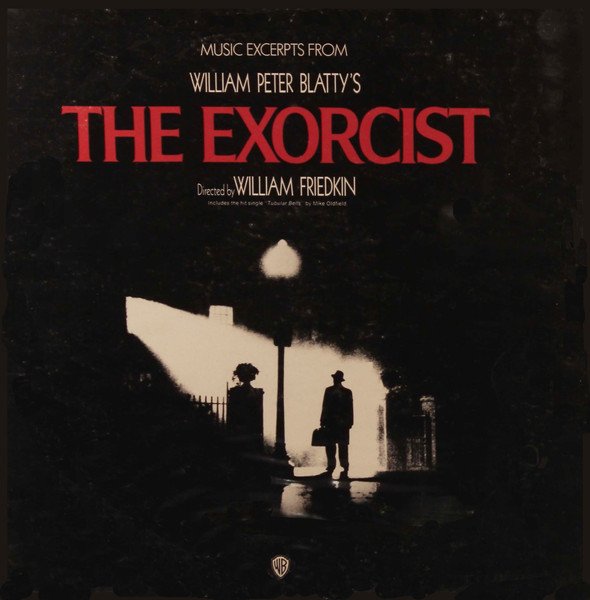
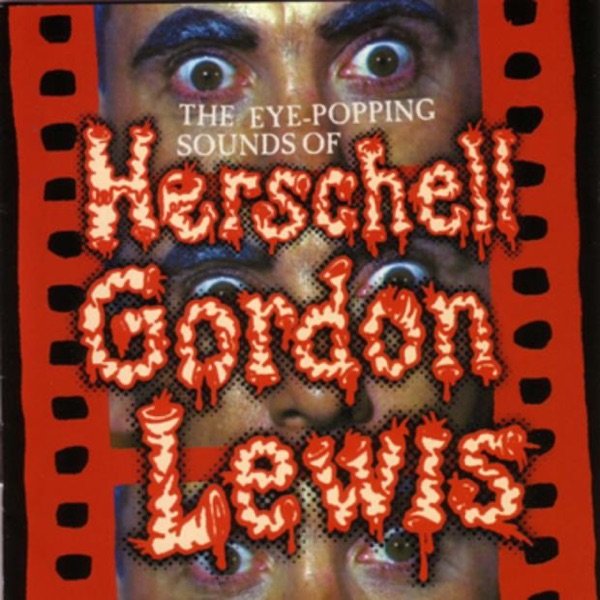
![Alien [Original Soundtrack] cover](https://images.theshfl.com/6203600320593920_600.jpg)
